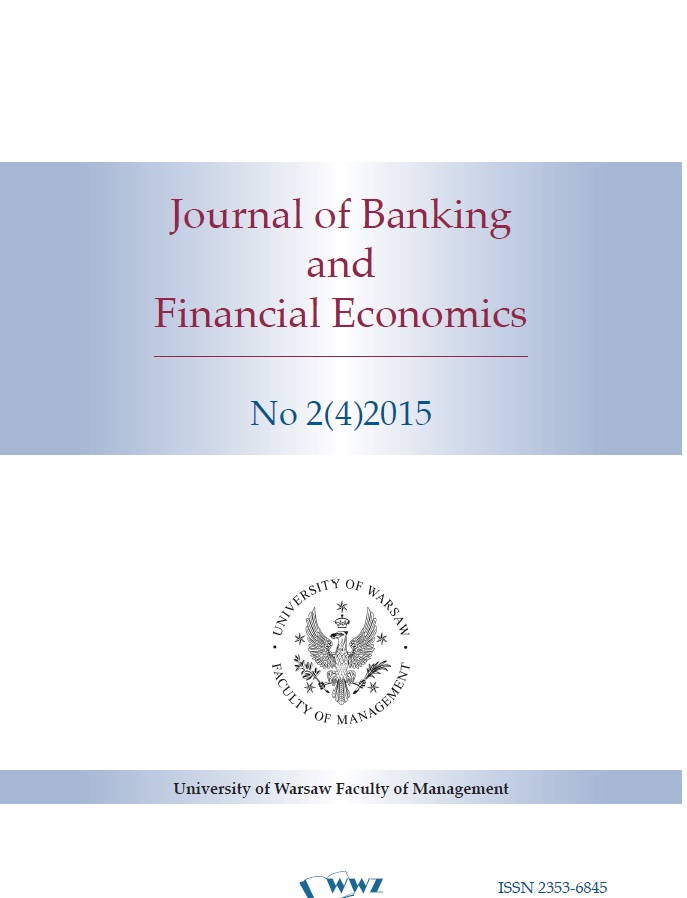Asset choice in British central banking history, the myth of the safe asset, and bank regulation
Asset choice in British central banking history, the myth of the safe asset, and bank regulation
Author(s): William A. AllenSubject(s): Social Sciences, National Economy, Financial Markets
Published by: Wydawnictwo Naukowe Wydziału Zarządzania Uniwersytetu Warszawskiego
Keywords: commercial bills; bills of exchange; Bank of England; eligibility; bank liquidity; Basel 3; Liquidity Coverage Ratio; overfunding; monetary targets; macroprudential policy; risk‑free asset; government
Summary/Abstract: The paper describes the use of commercial bills in Bank of England open-market operations from the earliest days of central banking in the 19th century, when, it is suggested, the Bank of England’s main objective was what would now be called macro-prudential, until the 1980s, when commercial bill purchases were an essential feature of contemporary anti-inflationary policy. It explores the relationship between government securities, central bank assets and bank liquidity regulation, exposes as a myth the belief that government securities are perfectly safe assets, and challenges the idea that central banks should confine their asset holdings to government securities. In addition, the paper argues that by making more active use of the policy instrument of central bank asset choice, by acknowledging the connection between liquidity regulation and open-market operations, and by making certain changes to the Basel 3 Liquidity Coverage Ratio regulations, central banks could both better achieve some of their macro-prudential policy objectives and stimulate high-quality bank lending.
Journal: Journal of Banking and Financial Economics
- Issue Year: 4/2015
- Issue No: 2
- Page Range: 18-31
- Page Count: 14
- Language: English

